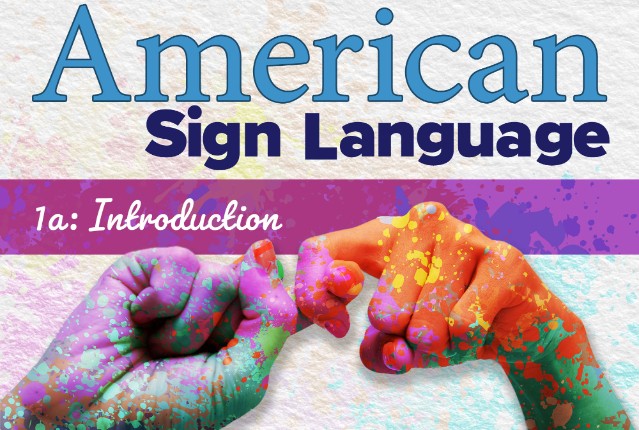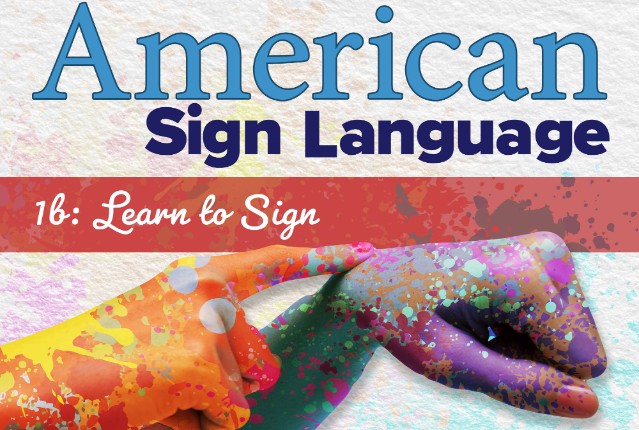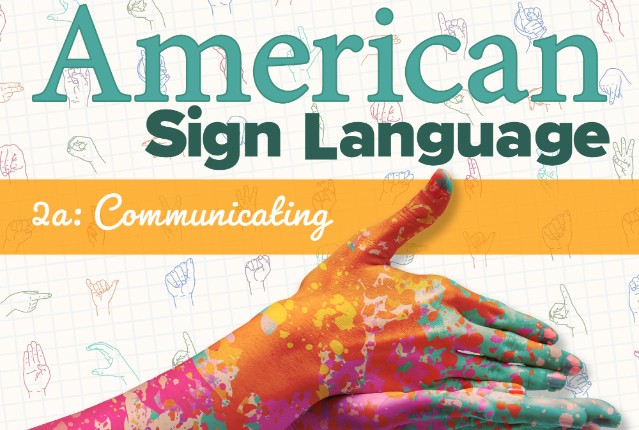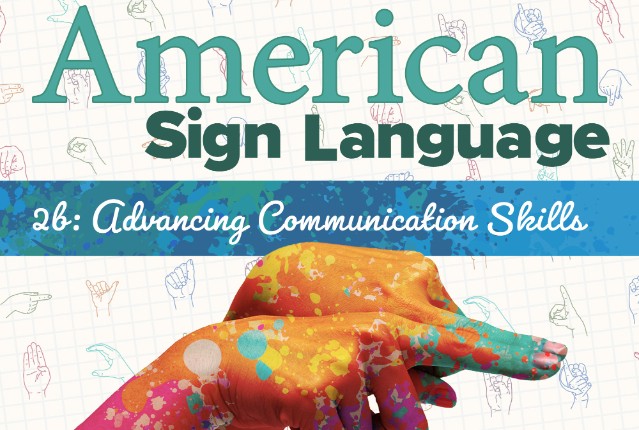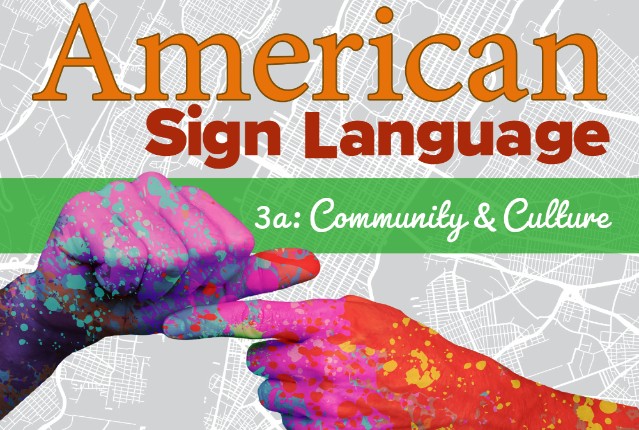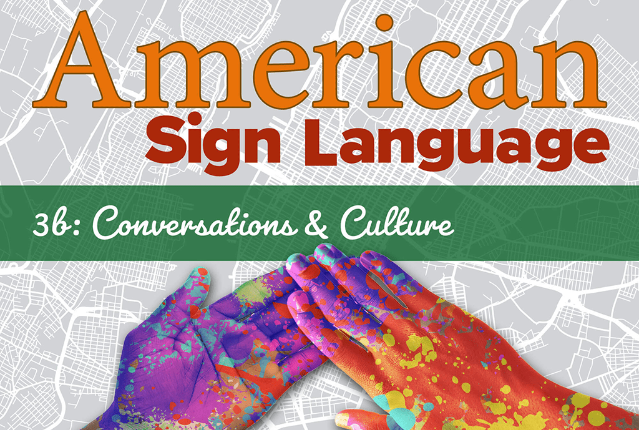
American Sign Language 3b: Conversations & Culture
Are you ready to discover ways in which Deaf culture influences the world in general? After all, the concept of culture goes far beyond an understanding of Deaf history. Through discussing Deaf culture and experiences, you’ll advance your signing skills by developing verb tenses, grammar, and syntax. Apply your language skills in real conversation activities and through opportunities to debate real issues. It’s also time to explore the next steps in education and career opportunities for your new intermediate ASL skills.
Review course outlineAccess for a year
USD 299.00*
* Choose more courses to get a discount
